Explore Resources
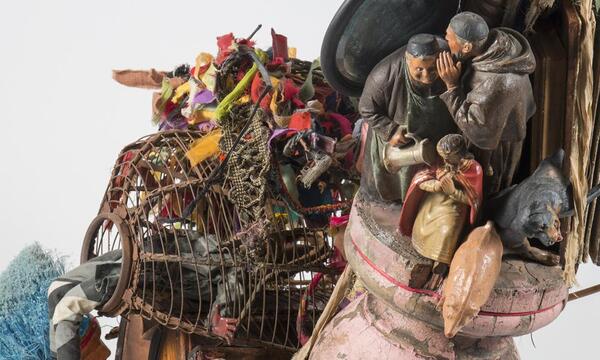
2018 Conference: Theatre of the Struggle: The Art of Barry Krammes
The Center for Christianity, Culture, and the Arts devoted its 2018 annual arts symposium to the artwork and career of retiring art professor Barry Krammes.
By CCCA Staff
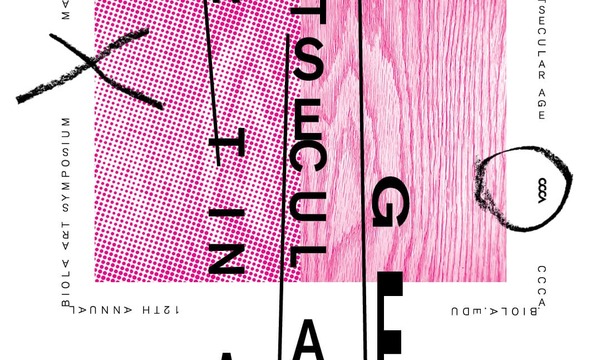
2017 Conference: Art in a Postsecular Age
For much of the twentieth century, the dominant narratives of modern and contemporary art history, as well as the critical theories used to...
By CCCA Staff
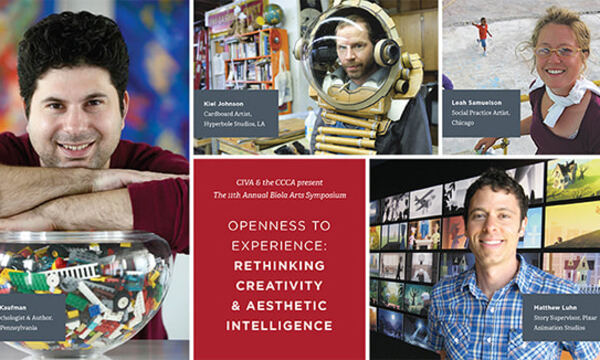
2016 Conference: Openness to Experience: Rethinking Creativity & Aesthetic Intelligence
Cognitive psychologist Scott Barry Kaufman has argued that the disposition or personality trait most deeply associated with human creativity is an...
By CCCA Staff
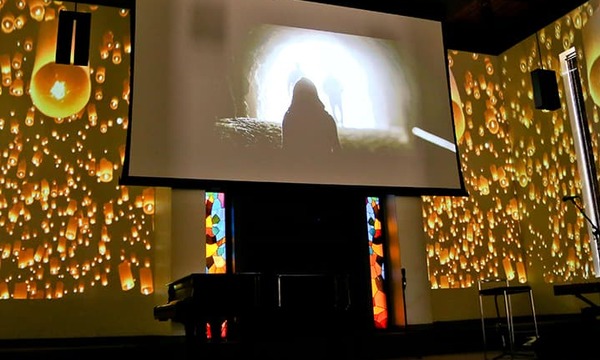
2015 Conference: The Digitization of the Christian Imagination
The 2015 conference entitled The Digitization of Christian Imagination explored the challenges and opportunities of digital technology on the...
By CCCA Staff

2014 Conference: Razor's Edge: At the Intersection of Art and Faith
What is the role of Story in a world overwhelmed with stories? Amidst the constantly buzzing barrage of micro-narratives, digital diaries, and...
By CCCA Staff

2013 Conference: Violence & Peace in Contemporary Art
This is the eighth in a series of symposiums created and hosted by the Biola University Department of Art. This symposium gathered prominent...
By CCCA Staff
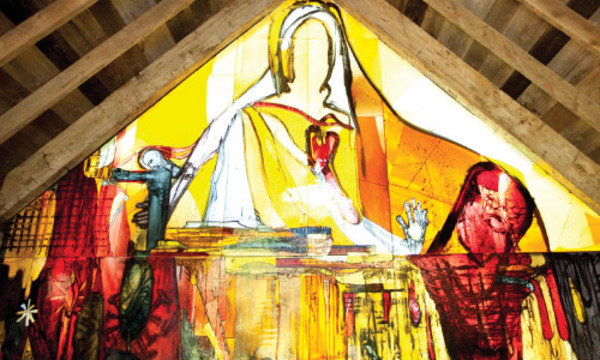
2012 Conference: Art and Sacred Space: Spatial Encounters with God
What is sacred space? And how does it relate to art, theology, and the life of faith? For this year's art symposium, Biola’s 2012...
By CCCA Staff
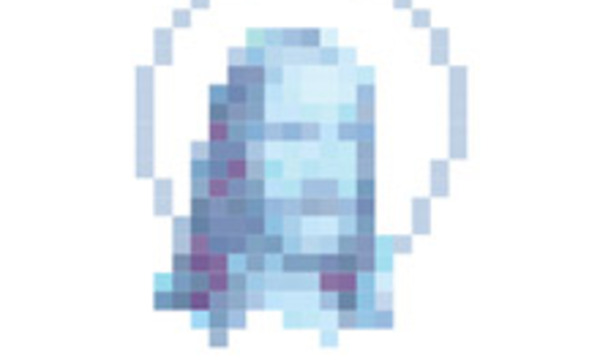
2011 Conference: Matter and Spirit: Art and Belief in a Digital Age
The 2011 Christians in the Visual Arts (CIVA) biennial conference in conjuction with the Biola Art Department explored the ways in which...
By CCCA Staff